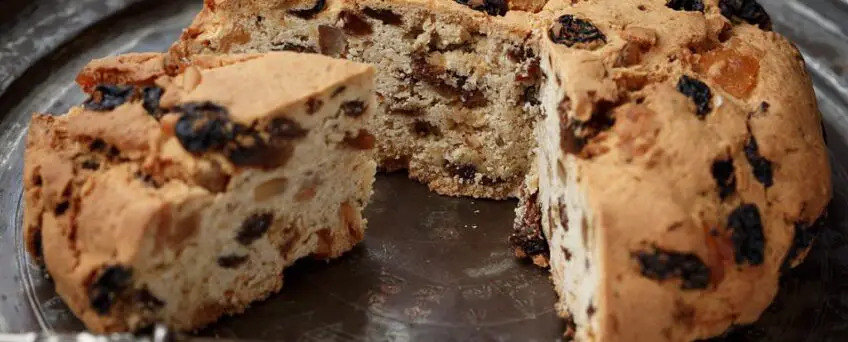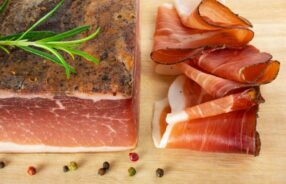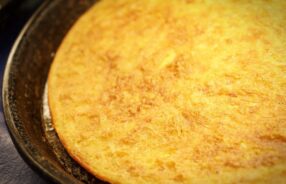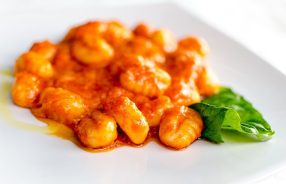The Tradition Of Pandolce Genovese
Pandolce Genovese translates literally to “sweet bread”, one of the biggest icons of the Genoan cuisine and tradition. It used to be served on the days of Christmas, New Year’s Eve, and Epiphany. Nowadays you can taste Pandolce Genovese all year round, as it is regularly produced all over the country.
The traditional recipe for Pandolce Genovese consists of yeast, eggs, honey, olive oil, and flour, along with lots of raisins, orange zest, and fennel seeds. These are the main ingredients that gave it its signature taste, however, over the years a few changes have been to the recipe.
Instead of honey we now use sugar, and instead of olive oil, there’s butter. The filling is also different, although there are many combinations of it, dried fruits and nuts are also present along with the raisins.
Currently, we have two different versions of Pandolce Genovese:
- One that is tall, and made with sourdough.
- And one that is low (Antica Genova), made with baking soda, making it much crumblier than its counterpart.
Both shapes are round and usually found with a cut triangle on top.
If you get the chance to try Pandolce Genovese and are thinking about pairing it with some wine, we have the one for you! The Sciacchetrà is the ideal pairing for Pandolce Genovese, as it has scents of orange jam and dried fruits. Not only that, but Moscato D’asti is also a great choice from Piedmont.
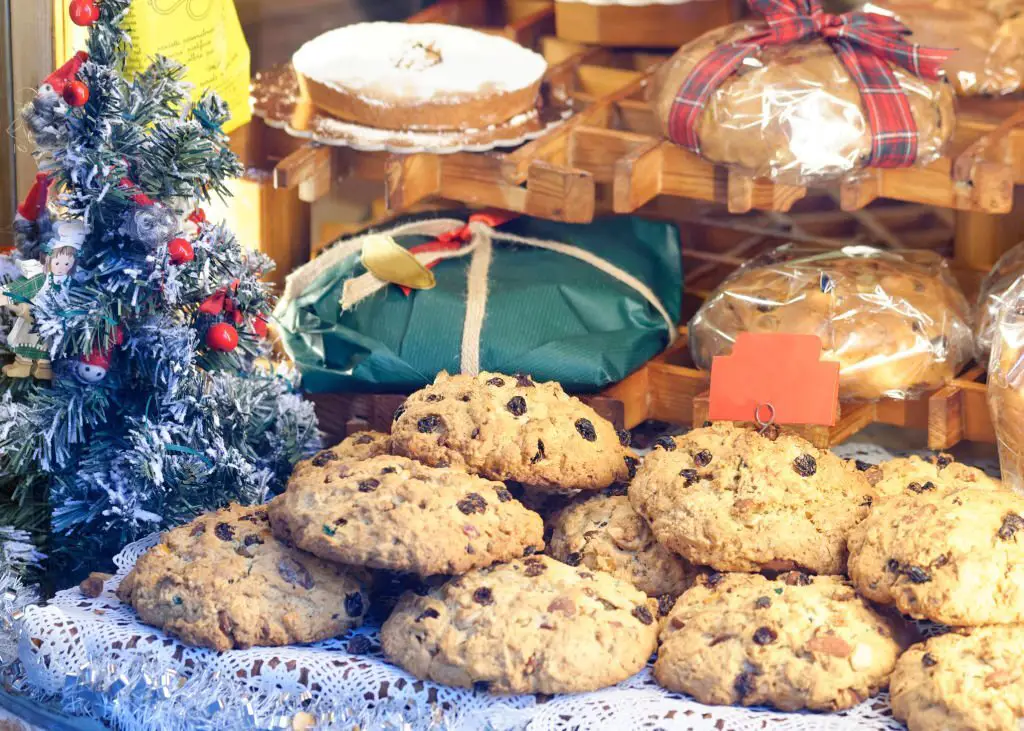
Origins of Pandolce Genovese
One of the oldest theories about Pandolce Genovese is that the Doge Andrea Doria, sometime in the mid-1500s, asked the best pastry chefs of the town to produce a cake that could be gifted to kings, and that would withstand days of transport across the seas.
Other theories suggest that Pandolce Genovese may have come from a dessert of Persian origin, called paska bread, which is still made today and resembles Pandolce Genovese very well.
When it comes to the symbolism, the triangle on top of Pandolce Genovese is supposed to represent the crown of a king, and, if present, the laurel or olive branch represents the wish for wealth and health to whomever it is given.
To follow the traditions in vigor today, the youngest member of the family shall hand the Pandolce to the Eldest member of the receiving family.

